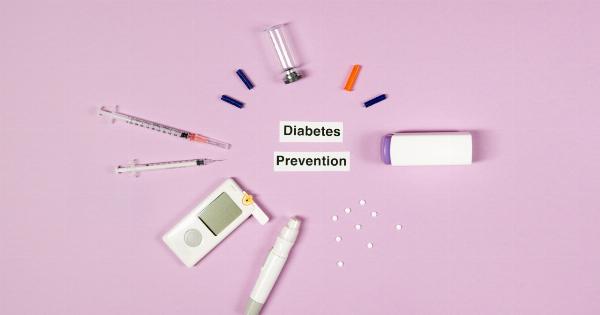Staphylococcus is a type of bacteria commonly found on human skin and in the nasal passages.
While most people don’t experience any problems with Staphylococcus, in certain circumstances it can cause infections that can be serious or even life-threatening. In the past, antibiotics were the go-to treatment for Staphylococcus infections, but the overuse of antibiotics has led to antibiotic resistance.
As a result, there is a growing interest in alternative treatments for Staphylococcus infections, including probiotics.
What are Probiotics?
Probiotics are live microorganisms that are intended to have health benefits. They are typically taken as a dietary supplement or added to foods such as yogurt.
The most common types of probiotics are bacteria from the Lactobacillus and Bifidobacterium families.
How Do Probiotics Work?
The exact mechanism by which probiotics work is not well understood, but it is believed that they help to restore the natural balance of bacteria in the body.
By doing so, they may help to prevent harmful bacteria such as Staphylococcus from overgrowing and causing infections. Probiotics may also help to boost the immune system, which can further aid in the prevention of infections.
Probiotics and Staphylococcus
Studies have shown that probiotics may be effective in treating Staphylococcus infections. One study found that a probiotic strain of Lactobacillus was able to reduce the number of Staphylococcus bacteria in the nasal passages of study participants.
Another study found that a probiotic supplement containing Lactobacillus and Bifidobacterium was effective in reducing the incidence of Staphylococcus infections in hospital patients.
Probiotics and Antibiotics
One of the advantages of using probiotics in the treatment of Staphylococcus infections is that they do not contribute to antibiotic resistance.
In fact, probiotics may actually help to reduce the risk of antibiotic resistance by restoring the natural balance of bacteria in the body. Additionally, probiotics may help to reduce the side effects of antibiotics, such as diarrhea.
Selecting the Right Probiotic
Not all probiotics are created equal, and selecting the right one is important in order to achieve the desired health benefit.
When selecting a probiotic for the treatment of Staphylococcus infections, it is important to choose one that contains strains of bacteria that have been shown to be effective against Staphylococcus. The label of the probiotic should list the specific strains of bacteria that are included.
Other Considerations
While probiotics show promise as a treatment for Staphylococcus infections, there are some other things to keep in mind. First, probiotics should not be used as a substitute for antibiotics when antibiotics are warranted.
In some cases, antibiotics may be necessary to treat a Staphylococcus infection. Second, probiotics may not be effective for all people or in all situations. Everyone’s body is different, and what works for one person may not work for another.
Finally, it is always a good idea to talk to a healthcare provider before starting any new treatment, including probiotics.
Conclusion
Probiotics show promise as an alternative to antibiotics in the treatment of Staphylococcus infections. They are safe, don’t contribute to antibiotic resistance, and may have additional health benefits beyond treating Staphylococcus.
However, further research is needed to fully understand the effectiveness of probiotics in treating Staphylococcus infections.

























